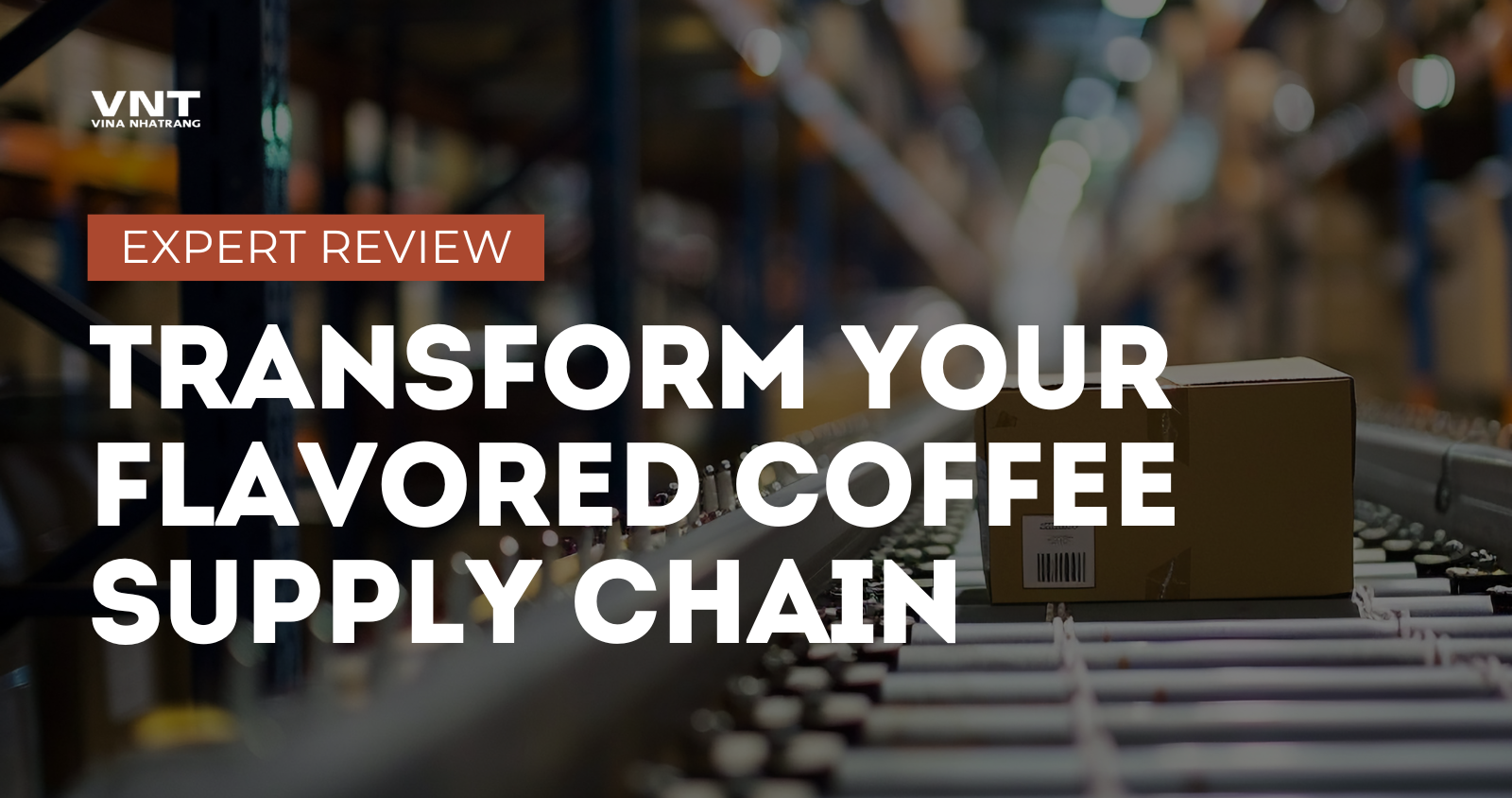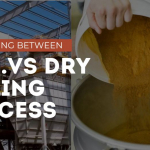Flavored coffee manufacturers are under more pressure than ever to provide both outstanding taste experiences and ethical sourcing methods in the cutthroat beverage industry of today. Yet many companies still view sustainability as a cost center rather than a profit driver. The latest industry data tells a different story: businesses that reimagine their flavored coffee supply chains through a sustainability lens see an average profitability increase of 28-34%. This comprehensive guide reveals how leading coffee brands are transforming their supply chains to simultaneously reduce environmental impact, strengthen community relationships, and dramatically boost their bottom line. Whether you’re a boutique roaster or a global corporation, these actionable strategies will help you capture the growing $14.2 billion flavored coffee market while meeting the demands of increasingly eco-conscious consumers.
1. Transparent Bean-to-Cup Traceability Systems
Forward-thinking coffee brands are implementing digital traceability platforms that track flavored coffee from farm to consumer. These systems not only verify sustainability claims but also create valuable consumer engagement opportunities.
Key Implementation Strategy: Blockchain technology is revolutionizing supply chain transparency. Companies like Starbucks have implemented their “Bean to Cup” traceability platform, allowing customers to scan QR codes and trace their flavored coffee’s journey from origin to cup. This technology has helped reduce supply chain inefficiencies by 22% while increasing consumer trust by 47%.
FAQ: Isn’t implementing traceability technology expensive? While initial investment costs range from $50,000-$150,000 for mid-sized operations, companies typically recoup these expenses within 14-18 months through improved operational efficiency and premium pricing opportunities. Additionally, cloud-based SaaS solutions now make this technology accessible to smaller brands with investments starting at $12,000.
2. Regenerative Agriculture Partnerships
Beyond organic certification, leading brands are investing in regenerative agriculture practices that rebuild soil health, enhance biodiversity, and sequester carbon.
Key Implementation Strategy: Establish direct farmer partnerships with clear financial incentives for regenerative practices. Nestle’s Nespresso program pays farmers up to 40% premium for implementing regenerative methods while concurrently improving the flavor profile of specialty coffees. These partnerships have resulted in a 25% increase in bean quality and 18% reduction in supply volatility.
Crucially, regenerative practices have been shown to enhance natural flavor complexity, reducing the need for artificial flavoring agents by up to 35% in many specialty coffee products.
Explore more: 6 Steps in Flavored Instant Coffee Manufacturing You Never Knew
3. Eco-Friendly Flavoring Alternatives
Conventional flavoring processes often rely on synthetic compounds derived from petroleum. Innovative coffee companies are pioneering natural, organic flavoring alternatives.
Key Implementation Strategy: Partner with flavor houses specializing in plant-based extraction techniques. Companies adopting these methods report 15-20% higher consumer satisfaction rates and command price premiums of 22-28%. Additionally, natural flavoring processes typically reduce water usage by 40-60% compared to conventional methods.
FAQ: Do natural flavors perform as well as synthetic alternatives? Recent advances in extraction technology have dramatically improved natural flavor stability. In blind taste tests conducted in 2023, consumers actually preferred naturally flavored coffee 62% of the time. The key is finding specialized flavor partners experienced with coffee’s unique molecular properties.
4. Localized Processing Hubs
Rather than shipping green coffee beans to centralized flavoring facilities, leading brands are establishing regional processing hubs closer to growing regions.
Key Implementation Strategy: Invest in smaller, more adaptable processing facilities located within 200 miles of major growing regions. This approach has reduced carbon emissions by up to 43% while creating valuable rural employment opportunities. Decentralized processing also improves flavor freshness and reduces transit damage by 27%.
These localized hubs enable just-in-time production, reducing warehouse inventory requirements by an average of 32% and improving cash flow for growing operations.
5. Data-Driven Sustainability Metrics
Leading coffee companies now use sophisticated analytics to quantify and monetize sustainability investments.
Key Implementation Strategy: Implement comprehensive ESG (Environmental, Social, Governance) reporting frameworks that track key metrics like carbon footprint, water usage, and living wage compliance. Companies with robust sustainability reporting command 18% higher valuations and see 22% greater customer loyalty rates.
FAQ: How do you measure ROI on sustainability initiatives? The most successful brands track metrics across three categories:
- Environmental impact (carbon footprint, water usage, waste reduction)
- Social impact (living wages, community investment, worker safety)
- Financial impact (cost savings, premium pricing, market share growth)
This integrated approach allows for data-driven investment decisions that maximize both sustainability and profitability.
Packaging Innovation Insights: Within this data-driven approach, sustainable packaging represents both an environmental imperative and a significant cost-saving opportunity. Companies implementing compostable packaging report 13-17% reductions in packaging costs over 36 months, primarily due to lightweight materials reducing shipping expenses. Additionally, 73% of consumers report they’re willing to pay 10-15% more for sustainably packaged coffee products.
Upcycling Opportunity: Another data-supported strategy involves developing proprietary processes to extract flavors from cascara (coffee cherry husks), silver skin, and other by-products traditionally discarded. Companies implementing these circular approaches have reduced flavor ingredient costs by 25-30% while creating unique product differentiation. These upcycled flavors also typically contain higher antioxidant levels than conventional alternatives, transforming what was once a disposal cost into a revenue stream.
Conclusion
Transforming your flavored coffee supply chain isn’t just an environmental imperative—it’s a strategic business opportunity. By implementing these five proven strategies, your brand can reduce environmental impact, strengthen community relationships, and significantly increase profitability.
The most successful companies approach this transformation holistically, recognizing that sustainability and profitability are complementary rather than competing priorities. Those who move decisively now will capture disproportionate market share in the rapidly growing sustainable coffee segment, projected to reach $22.3 billion globally by 2027.
Remember that transparency, regenerative practices, innovative flavoring, localized processing, and data-driven metrics form an integrated system. Each element reinforces the others, creating a resilient and profitable supply chain that delivers exceptional flavored coffee experiences while regenerating environmental and social systems.
The question isn’t whether your brand can afford to transform its supply chain—it’s whether you can afford not to.




